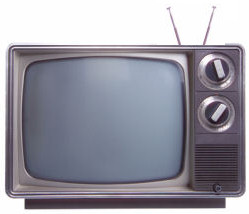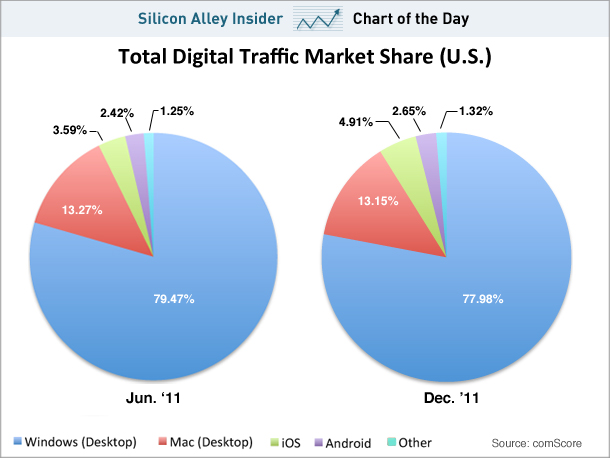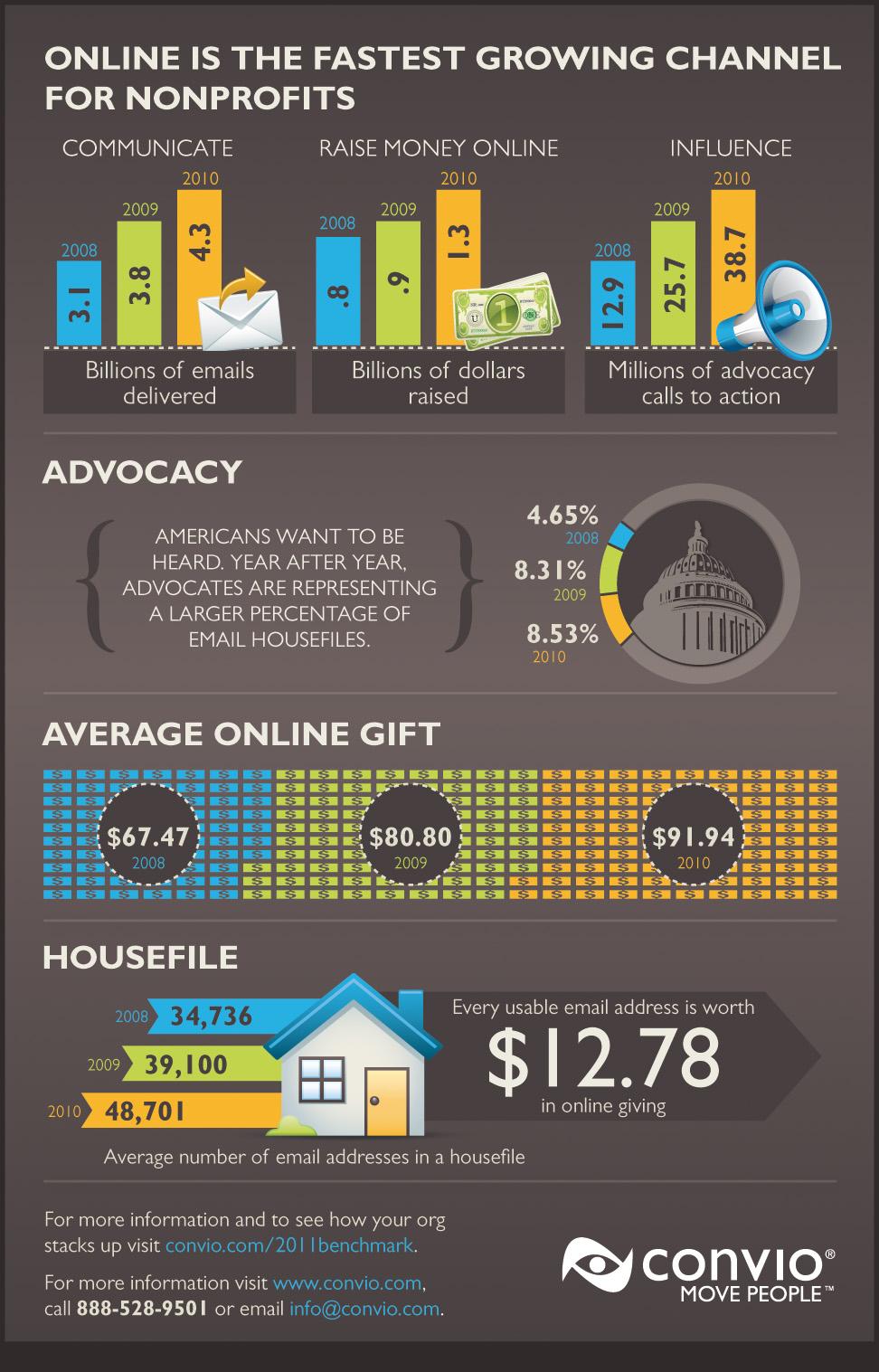When some future Mars colonist is able to open his browser and watch a cat in a shark suit chasing a duck while riding a roomba, they will have Vint Cerf to thank.
In his role as Google’s chief internet evangelist, Cerf has spent much of his time thinking about the future of the computer networks that connect us all. And he should know. Along with Bob Kahn, he was responsible for developing the internet protocol suite, commonly known as TCP/IP, that underlies the workings of the net. Not content with just being a founding father of the internet on this planet, Cerf has spent years taking the world wide web out of this world.
Working with NASA and JPL, Cerf has helped develop a new set of protocols that can stand up to the unique environment of space, where orbital mechanics and the speed of light make traditional networking extremely difficult. Though this space-based network is still in its early stages and has few nodes, he said that we are now at “the front end of what could be an evolving and expanding interplanetary backbone.”Wired talked to Cerf about the interplanetary internet’s role in space exploration, the frustrations of network management on the final frontier, and the future headline he never wants to see.




